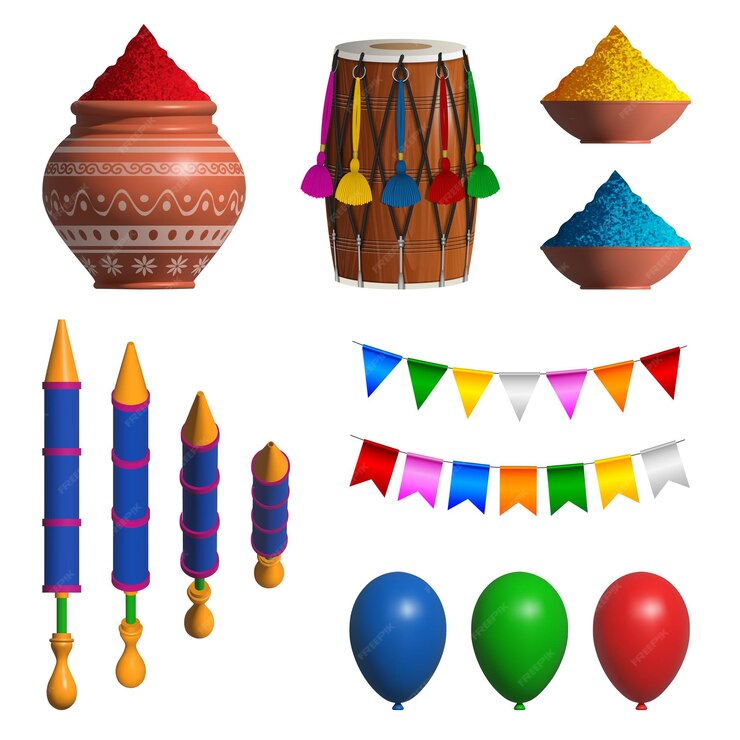Introduction
In JavaScript, objects are fundamental building blocks for creating complex data structures and representing real-world entities. An object is a collection of key-value pairs, where each key (also known as a property) is a string, and each value can be any data type, including other objects. Objects allow developers to group related data and functions together, making it easier to manage and organize code.
This article explores the concept of objects in JavaScript, their properties and methods, and provides examples and code snippets to illustrate how objects are used in practice.
What is an Object?
An object in JavaScript is a data structure that represents a collection of properties. Each property is defined by a key (a string or symbol) and a value, which can be any valid JavaScript data type. Objects can also have methods, which are functions associated with the object.
Creating Objects
Objects can be created in several ways in JavaScript:
- Object Literal Notation
- Using the
new Object()Syntax - Using a Constructor Function
- Using the
Object.create()Method - Using ES6 Classes
1. Object Literal Notation
This is the most common and straightforward way to create an object. It involves defining the object and its properties in a single, concise block of code.
Example:
// Creating an object using object literal notation
const person = {
firstName: "John",
lastName: "Doe",
age: 30,
greet: function() {
return `Hello, my name is ${this.firstName} ${this.lastName}.`;
}
};
console.log(person.firstName); // Outputs: John
console.log(person.greet()); // Outputs: Hello, my name is John Doe.
Explanation:
- Properties:
firstName,lastName, andageare properties of thepersonobject. - Method:
greetis a method that returns a greeting message. It uses thethiskeyword to refer to the current object.
2. Using the new Object() Syntax
You can also create an object using the new Object() syntax, which is less common but still valid.
Example:
// Creating an object using the new Object() syntax
const car = new Object();
car.make = "Toyota";
car.model = "Corolla";
car.year = 2020;
car.getDescription = function() {
return `${this.make} ${this.model} (${this.year})`;
};
console.log(car.getDescription()); // Outputs: Toyota Corolla (2020)
Explanation:
- Dynamic Properties: Properties are added to the
carobject after its creation. - Method:
getDescriptionreturns a string describing the car.
3. Using a Constructor Function
Constructor functions are a traditional way to create multiple instances of objects with similar properties and methods.
Example:
// Constructor function
function Animal(name, species) {
this.name = name;
this.species = species;
this.describe = function() {
return `This is a ${this.species} named ${this.name}.`;
};
}
// Creating instances of Animal
const lion = new Animal("Leo", "Lion");
const tiger = new Animal("Tigger", "Tiger");
console.log(lion.describe()); // Outputs: This is a Lion named Leo.
console.log(tiger.describe()); // Outputs: This is a Tiger named Tigger.
Explanation:
- Constructor Function:
Animalis a constructor function that initializesnameandspeciesproperties and defines adescribemethod. - Instances:
lionandtigerare instances of theAnimalobject created using thenewkeyword.
4. Using the Object.create() Method
The Object.create() method creates a new object with the specified prototype object and properties.
Example:
Explanation:
- Prototype: The
dogobject inherits thespeakmethod from theanimalprototype object. - Properties:
speciesandnameare properties unique to thedogobject.
5. Using ES6 Classes
ES6 introduced classes, which provide a more syntactically sugar-coated way to create objects and handle inheritance.
Example:
// ES6 Class
class Person {
constructor(firstName, lastName) {
this.firstName = firstName;
this.lastName = lastName;
}
greet() {
return `Hello, my name is ${this.firstName} ${this.lastName}.`;
}
}
// Creating instances of Person
const alice = new Person("Alice", "Smith");
const bob = new Person("Bob", "Johnson");
console.log(alice.greet()); // Outputs: Hello, my name is Alice Smith.
console.log(bob.greet()); // Outputs: Hello, my name is Bob Johnson.
Explanation:
- Class Definition: The
Personclass defines a constructor and a method (greet). - Instances:
aliceandbobare instances of thePersonclass created using thenewkeyword.
Modifying and Accessing Object Properties
You can access and modify object properties using dot notation or bracket notation.
Example:
const user = {
username: "johndoe",
email: "johndoe@example.com"
};
// Accessing properties
console.log(user.username); // Outputs: johndoe
console.log(user["email"]); // Outputs: johndoe@example.com
// Modifying properties
user.username = "janedoe";
user["email"] = "janedoe@example.com";
console.log(user.username); // Outputs: janedoe
console.log(user.email); // Outputs: janedoe@example.com
Explanation:
- Dot Notation: Used to access properties directly by name.
- Bracket Notation: Useful for accessing properties dynamically or when property names are not valid identifiers.
Methods and this Keyword
Methods in JavaScript objects are functions that are associated with the object. The this keyword refers to the object that the method is called on.
Example:
const calculator = {
value: 0,
add: function(number) {
this.value += number;
},
subtract: function(number) {
this.value -= number;
},
getValue: function() {
return this.value;
}
};
calculator.add(10);
calculator.subtract(3);
console.log(calculator.getValue()); // Outputs: 7
Explanation:
- Methods:
add,subtract, andgetValueare methods that modify or return thevalueproperty. thisKeyword: Refers to thecalculatorobject within the methods.
Inheritance and Prototypes
JavaScript uses prototypes for inheritance, allowing one object to inherit properties and methods from another.
Example:
// Parent object
const vehicle = {
type: "Vehicle",
start: function() {
return `Starting ${this.type}`;
}
};
// Child object inheriting from vehicle
const car = Object.create(vehicle);
car.type = "Car";
console.log(car.start()); // Outputs: Starting Car
Explanation:
- Inheritance: The
carobject inherits thestartmethod from thevehicleobject. - Prototype Chain:
car‘s prototype isvehicle, socarcan accessvehicle‘s properties and methods.
Conclusion
Objects are a core concept in JavaScript, enabling you to create complex data structures and manage related data and functions efficiently. Understanding how to create, modify, and interact with objects is essential for developing robust and maintainable JavaScript applications. Whether you’re using object literals, constructor functions, classes, or prototypes, mastering objects will significantly enhance your ability to work with JavaScript effectively.
